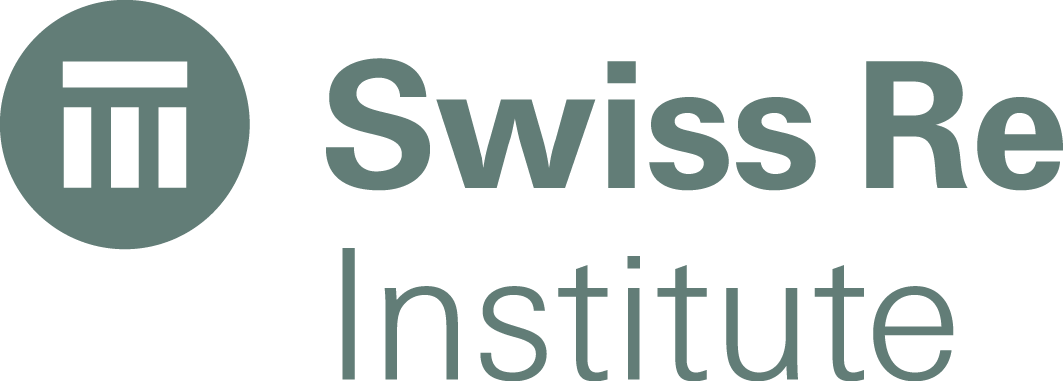 15-04-2021
15-04-2021
Captive insurance thriving in hard market: Swiss Re

 Insurance Alertss
Insurance AlertssCaptive insurance thriving in hard market: Swiss Re
Analysts at Swiss Re Institute have reported that companies are increasingly using captive insurance to self-insure their risks, as rate hardening and COVID-19 disruption affect commercial insurance.
According to new research, captive insurer use is expanding to Asia and Latin America, and to mid-sized companies, for which new business models for captives open up options to self-insure more flexibly and efficiently.
Swiss Re notes that commercial insurance markets are experiencing rate increases, capacity reductions and tighter underwriter scrutiny as the market reacts to COVID-19-related losses, social inflation, above-average catastrophe losses and downward pressure on investment returns. Against this backdrop, many commercial insurance programmes are increasing deductibles, retentions and coinsurance as ways to curb insurance spending, and the pressure is leading to increased utilisation of existing captive insurers and form new captives.
“Captive insurance enables a corporation with large portfolios of risks to better bundle and diversify them, and to access global insurance and reinsurance markets directly,” Swiss Re explained. “By self-insuring high-frequency, low-severity risks through a captive, a corporate can reduce transaction costs (brokerage fees, underwriting expenses) and focus risk transfer on lower-frequency, higher-severity risks for more efficient risk management.”
Captives also benefit from better access to data and closer proximity to the risks of their sponsors, so can more flexibly develop customised products that cover the changing needs of their corporate parent. There are now more captive insurance companies than traditional insurers globally, estimated at more than 7000 captives domiciled in more than 70 jurisdictions, led by the US.
But with high saturation among large corporations in North America and Europe, the use of captives is spreading geographically to Asia and Latin America, Swiss Re says. Captive use is also expanding from the traditional large global corporations to midsized companies, in line with the growth of alternative structures and business models for captive insurers.
Swiss Re notes that structures such as Protected cell companies (PCC) and virtual captives enable smaller corporates to access the benefits of captive insurance without needing to set up the infrastructure themselves.
“We expect to see continuing momentum in the global market for captive insurance as companies seek a more flexible and efficient insurance solution amidst uncertainty and a hard market,” the reinsurer concluded.
Source: Reinsurance News
